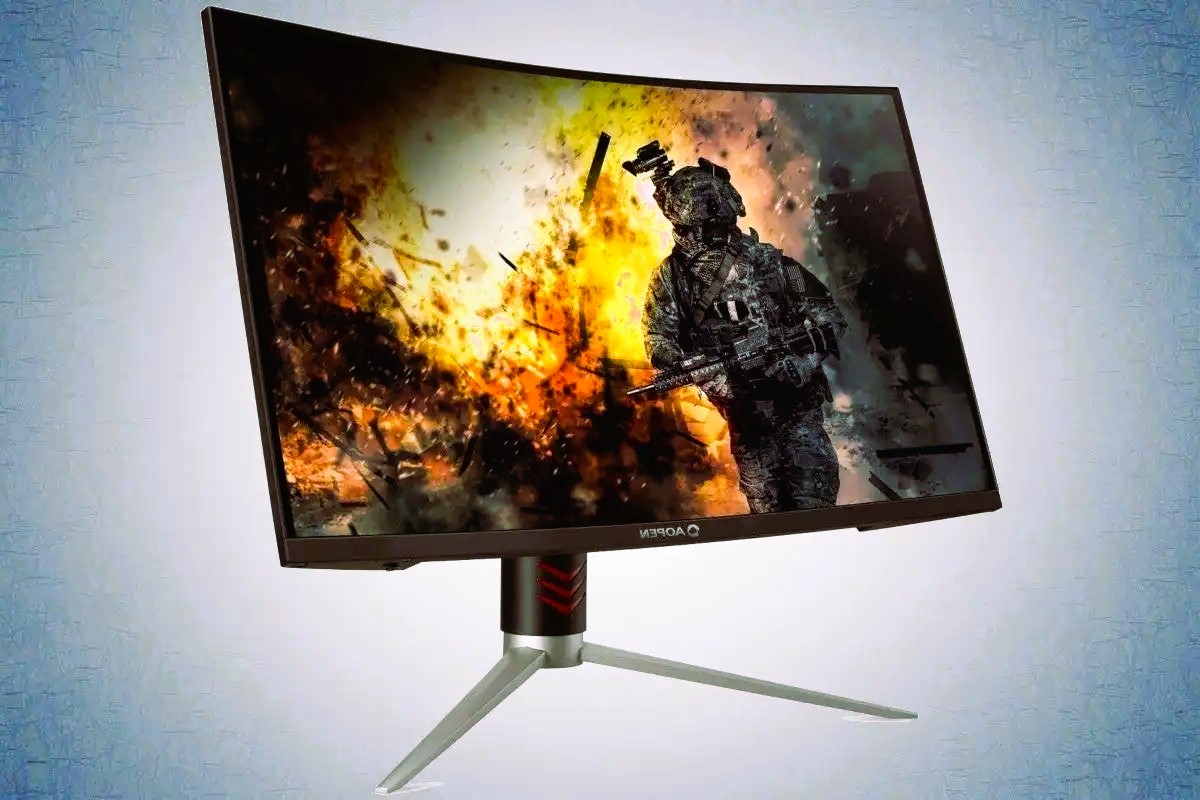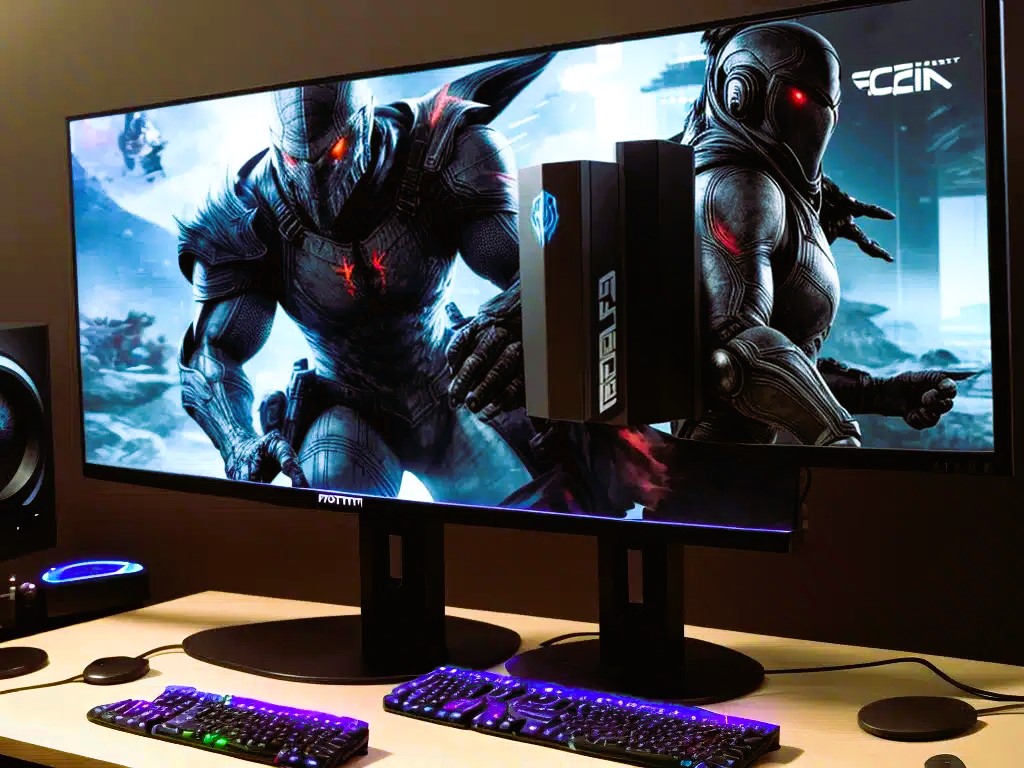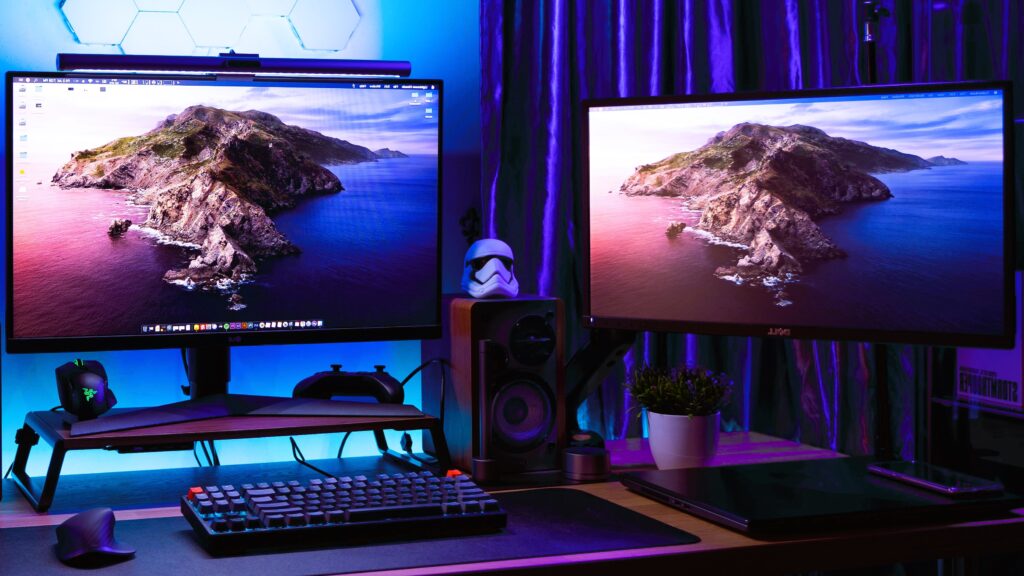How to Choose the Right Monitor for Gaming: Size, Resolution, and Refresh Rate

Choosing the right monitor for gaming can greatly influence your gaming experience. With so many options available, it can be overwhelming to determine what features are most important for your specific needs. In this guide, we’ll break down the key factors to consider when selecting a gaming monitor, focusing on size, resolution, and refresh rate.
Understanding Monitor Size
1. Choosing the Right Size
When it comes to monitor size, personal preference and desk space are primary considerations. Gaming monitors typically range from 24 to 49 inches. Here’s how to choose the right size:
- 24 to 27 Inches: This range is ideal for competitive gamers who sit relatively close to their monitors. A 24-inch monitor provides a good balance between screen real estate and resolution, making it easier to spot opponents in FPS games without excessive head movement.
- 32 Inches and Above: Larger monitors, such as 32 inches and above, are great for immersive gaming experiences, particularly in RPGs or open-world games. However, make sure you have enough desk space and that your viewing distance is appropriate to avoid pixelation.
2. Aspect Ratio
The aspect ratio of a monitor is another crucial aspect to consider. The standard aspect ratio is 16:9, which is suitable for most gaming. However, ultrawide monitors with a 21:9 or even 32:9 aspect ratio can enhance immersion by providing a wider field of view, making them ideal for racing and simulation games.
Resolution Matters

3. Different Resolutions Explained
The resolution of a monitor refers to the number of pixels displayed on the screen, which directly impacts the clarity and detail of the images. Common resolutions include:
- 1080p (Full HD): With a resolution of 1920 x 1080, 1080p is the most common and affordable choice for gamers. It provides decent visual quality and is suitable for gaming at lower to mid-range settings. This resolution is recommended for monitors under 27 inches.
- 1440p (Quad HD): This resolution (2560 x 1440) is a sweet spot for many gamers. It offers better image clarity compared to 1080p without straining the graphics card as much as 4K. It’s an excellent choice for 27-inch monitors and higher, providing crisp images and detailed visuals.
- 4K (Ultra HD): With a resolution of 3840 x 2160, 4K monitors deliver stunning visuals, making games look incredibly detailed and lifelike. However, they require powerful graphics cards to run smoothly, especially in fast-paced games. 4K is ideal for larger monitors (32 inches and above) for an immersive experience, but it may not be necessary for competitive gaming due to the higher hardware demands.
4. Native Resolution vs. Scaling
It’s also essential to consider the native resolution of the monitor, as scaling can impact performance and image quality. Always aim to play at the monitor’s native resolution to achieve the best visuals. If your graphics card cannot handle 4K gaming, scaling down to 1440p may be necessary, but it can lead to less sharp images. Read our article about the evolution of game graphics, more details at this link.
Refresh Rate: The Key to Smooth Gameplay
5. Understanding Refresh Rates
The refresh rate of a monitor, measured in Hertz (Hz), indicates how many times the screen refreshes the image per second. A higher refresh rate results in smoother gameplay, reducing motion blur and ghosting during fast-paced scenes. Common refresh rates include:
- 60Hz: While adequate for casual gaming and everyday tasks, 60Hz can lead to a less responsive gaming experience in competitive scenarios.
- 144Hz: This refresh rate has become the standard for gamers, particularly in FPS and competitive games. It allows for much smoother visuals and quicker response times, giving players a noticeable edge.
- 240Hz and Above: For professional gamers, monitors with refresh rates of 240Hz or more provide the smoothest experience, allowing for ultra-responsive gameplay. However, to benefit from these high refresh rates, you’ll need a capable graphics card that can deliver high frame rates.
6. G-Sync and FreeSync Technologies
In addition to refresh rate, consider monitors with G-Sync (NVIDIA) or FreeSync (AMD) technology. These adaptive sync technologies help eliminate screen tearing and stuttering by synchronizing the monitor’s refresh rate with the graphics card’s output. If you have a compatible graphics card, investing in a monitor with G-Sync or FreeSync can significantly enhance your gaming experience.
Additional Features to Consider

7. Response Time
Response time measures how quickly a pixel can change from one color to another, typically measured in milliseconds (ms). A lower response time reduces motion blur and ghosting in fast-paced games. Look for monitors with a response time of 1ms to 5ms for optimal performance.
8. Panel Types
Monitors come with various panel types, each with its strengths and weaknesses:
- IPS (In-Plane Switching): Known for excellent color accuracy and wide viewing angles, IPS panels are great for gamers who value visuals. However, they may have slightly slower response times than other panel types.
- TN (Twisted Nematic): TN panels offer the fastest response times, making them popular for competitive gamers. However, they have poorer color reproduction and viewing angles compared to IPS.
- VA (Vertical Alignment): VA panels provide better contrast and deeper blacks, making them suitable for immersive gaming experiences. They sit between IPS and TN panels in terms of response time and color accuracy.
Choosing the right monitor for gaming involves balancing size, resolution, refresh rate, and additional features to create an optimal setup for your gaming needs. Whether you’re a casual gamer looking for an immersive experience or a competitive player seeking every advantage, understanding these factors will help you make an informed decision. Remember to consider your personal preferences, desk space, and budget when selecting the perfect monitor for your gaming setup.
For more detailed information on monitor specifications and standards, you can visit Wikipedia.



